At least 465 people were evacuated from their houses in Siau Tagulandang Biaro district in North Sulawesi province on Friday following eruption of Karangetang volcano, a senior official at Indonesia's National Disaster Mitigation Agency (BNPB) said here.
Impact of the active volcano's eruption has flattened several houses in Kora village in the region, BNPB Spokesperson Sutopo Purwo Nugroho said, adding that in the afternoon the volcano was still erupting lava, rocks and hot materials as far as several kilometers from the crater of the volcano.
"No death toll was recorded from the eruption. 465 people were sheltered in three sites located around 5 kilometers from the crater," Sutopo told Xinhua by phone.
Sutopo said that hot clouds were seen engulfing the eastern and southern side of the volcano slopes.
He added that the displaced people did not bring any of their belongings as they have been getting used to Karangetang's volcanic activities in the last few years.
"Today's eruption was different from the previous ones as the hot cloud emitted from the eruption was the largest one by far, which made people have to evacuate," Sutopo added.
Sutopo said that the regional disaster mitigation agency has provided necessities for the refugees in the camps comprising of respirators, food supplies, cloths, blankets, baby foods and sleeping mats.
He said that the latest eruption did not change the volcano's eruption which initially stated at level III, or stage of alert.
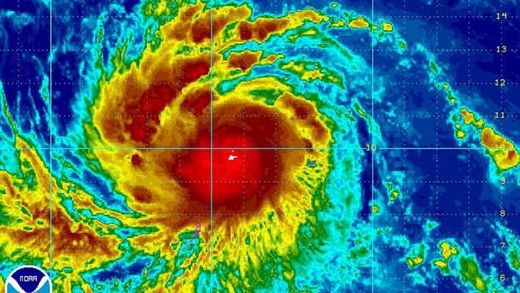
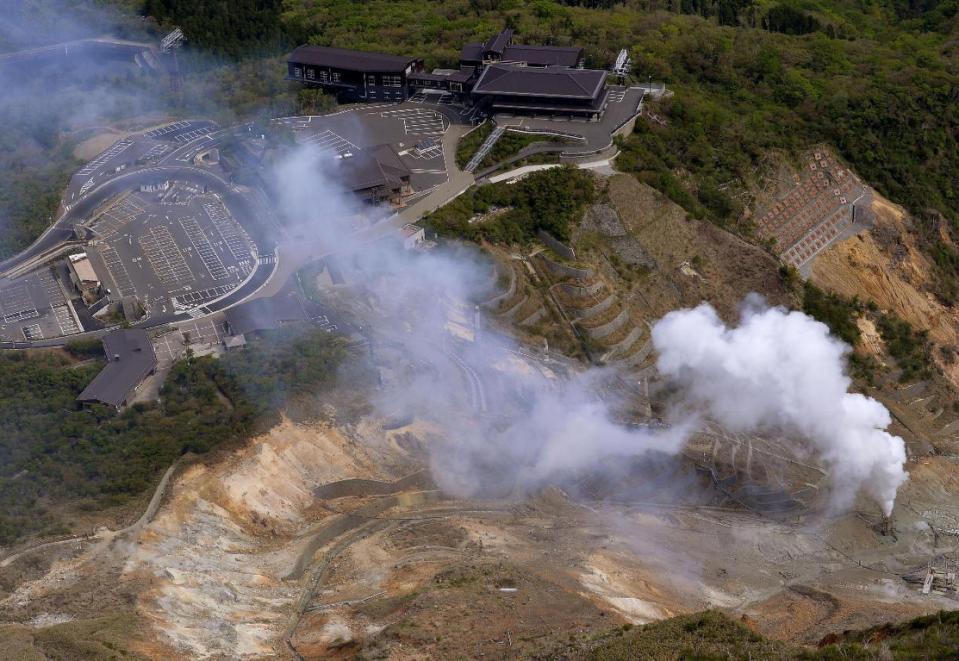
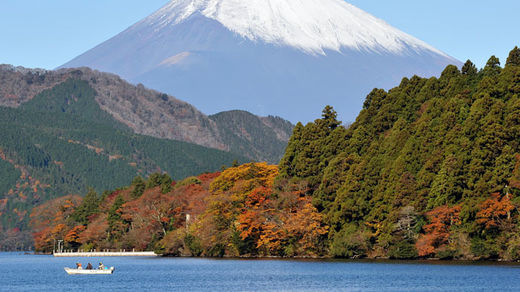
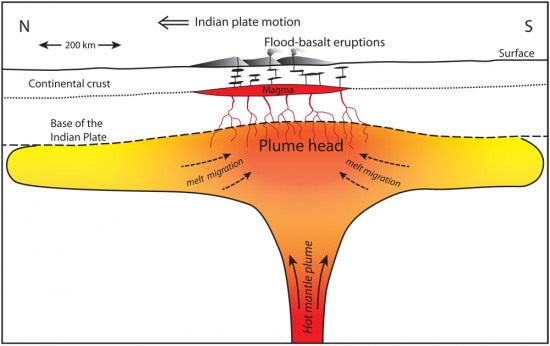
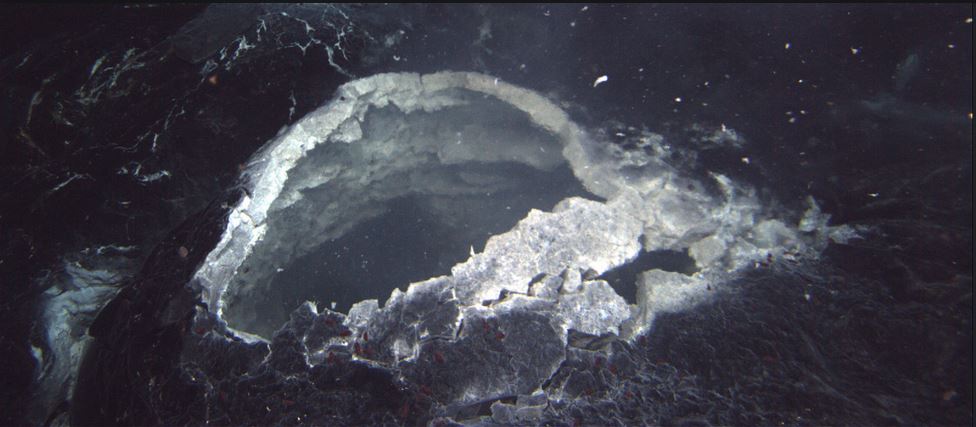
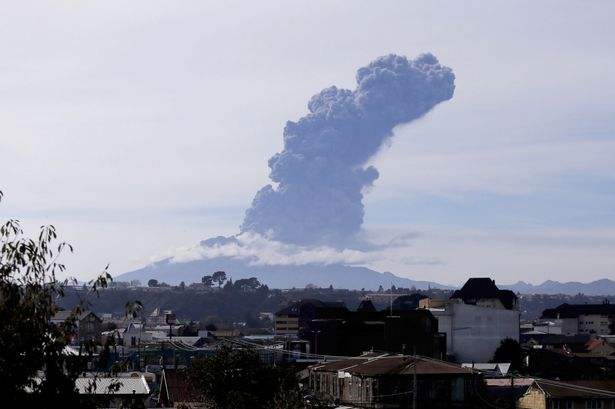
Comment: See also: Bulusan volcano in Philippines explodes, ejecting steam and ash